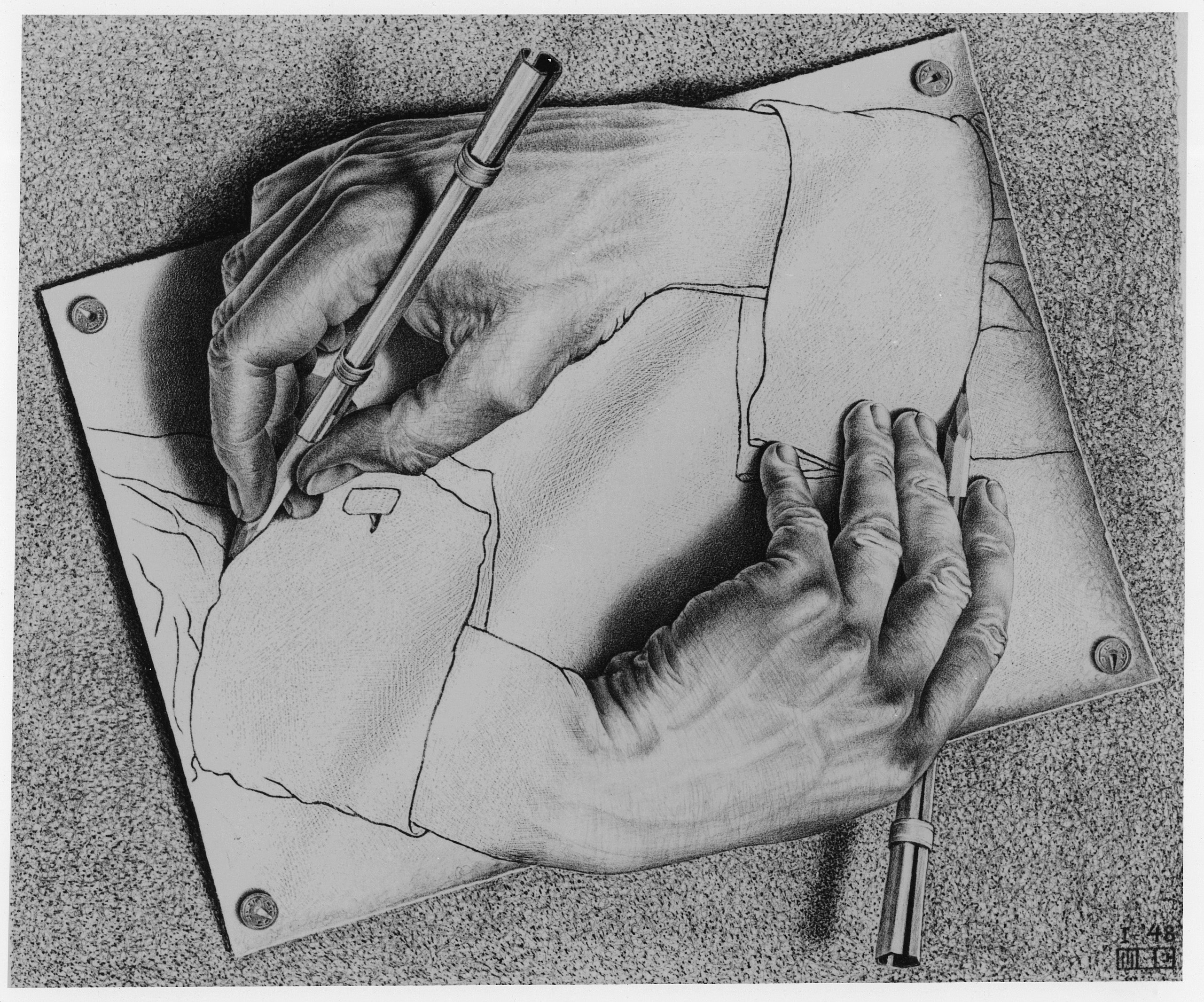
The M.C. Escher Exhibition opened in accordance with the MOA’s monthly “Art After Dark” event on Friday, Nov. 17.
MOA marketing and public relations manager Kylie Brooks said shows are usually up for four months but M.C. Escher “Other Worlds” will be up for six months, from now until May 19.
“Escher is an art people know. Even if they don’t spend time in art museums, he’s the kind of person people know and are aware of,” said Kenneth Hartvigsen, curator of the “Other Worlds” exhibition.
Hartvigsen said he doesn’t know how long the MOA has been trying to get the Escher Exhibition because he’s only worked for the MOA for a year and a half, but exhibitions of this magnitude take years of discussion and planning.
Hartvigsen said he’s researched Escher’s life the entire time he has worked in the MOA.
Hartvigsen felt music had to be part of the exhibit after discovering music was Escher’s biggest source of inspiration.
“I loved the idea of being able to show another side to this very popular artist,” Hartvigsen said.
Maddie Blondquist, curatorial fellow and double major in humanities and music, was key in the music portion of the exhibition, according to Hartvigsen.
Hartvigsen said Blondquist had the idea for a piano with Disklavier technology or a modern-day player piano. BYU music students then played the pieces now replicated on the piano when guests set foot into the exhibition space.
Jeff Barney created the gallery space and came up with the transition space from outside to inside the gallery, Hartvigsen said.
“It’s like you are moving through an Escher print, moving through this bizarre twisted space,” Hartvigsen said.
Hartvigsen said composer and BYU professor Steve Ricks and a class of his students are making compositions of music inspired by Escher’s art this semester.
Steve Ricks will perform his piece February 2018 and no set date has been made for student compositions.
“It’s more than an exhibition, it’s really an experience,” Hartvigsen said.

The exhibit holds both favorite and uncommon Escher pieces. It has four segmented sections describing various times in Escher’s life in which he created art.
The first section of the exhibition holds the oldest pieces, the ones closely related to reality. The pieces become more obscure as guests walk through the exhibition and timeline of his life.
Escher created some of his art because of inspiration he gleaned from classical pieces of music, and the musical selections correlated to works of art can be found on the iPad remote to the player-type piano.
The art is labeled above certain works with the musical selection and composer Escher was inspired by for a particular piece.




